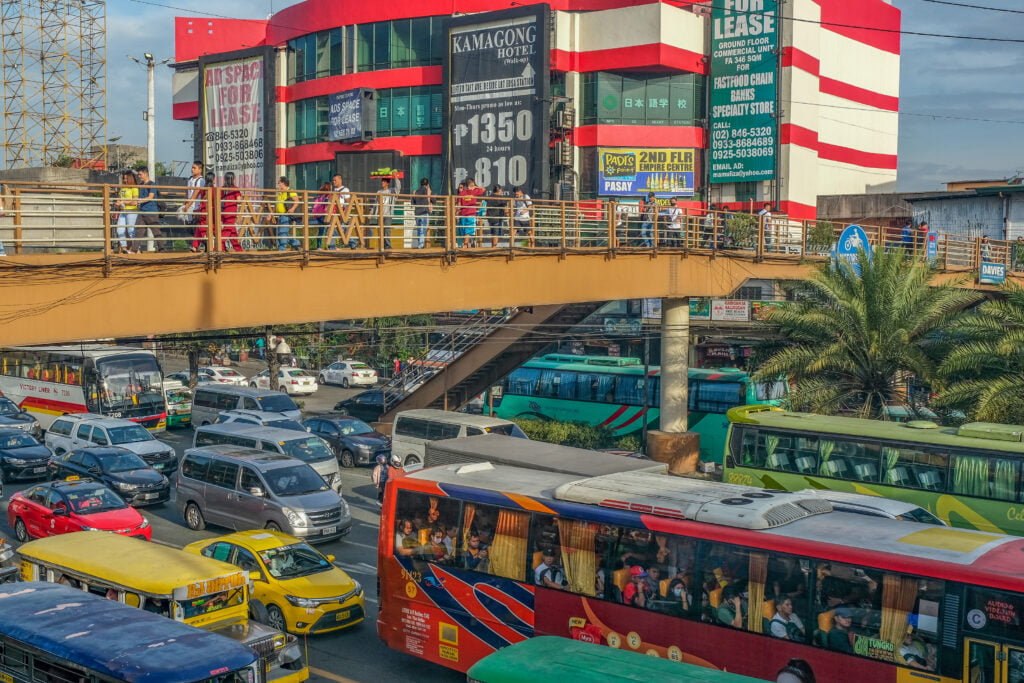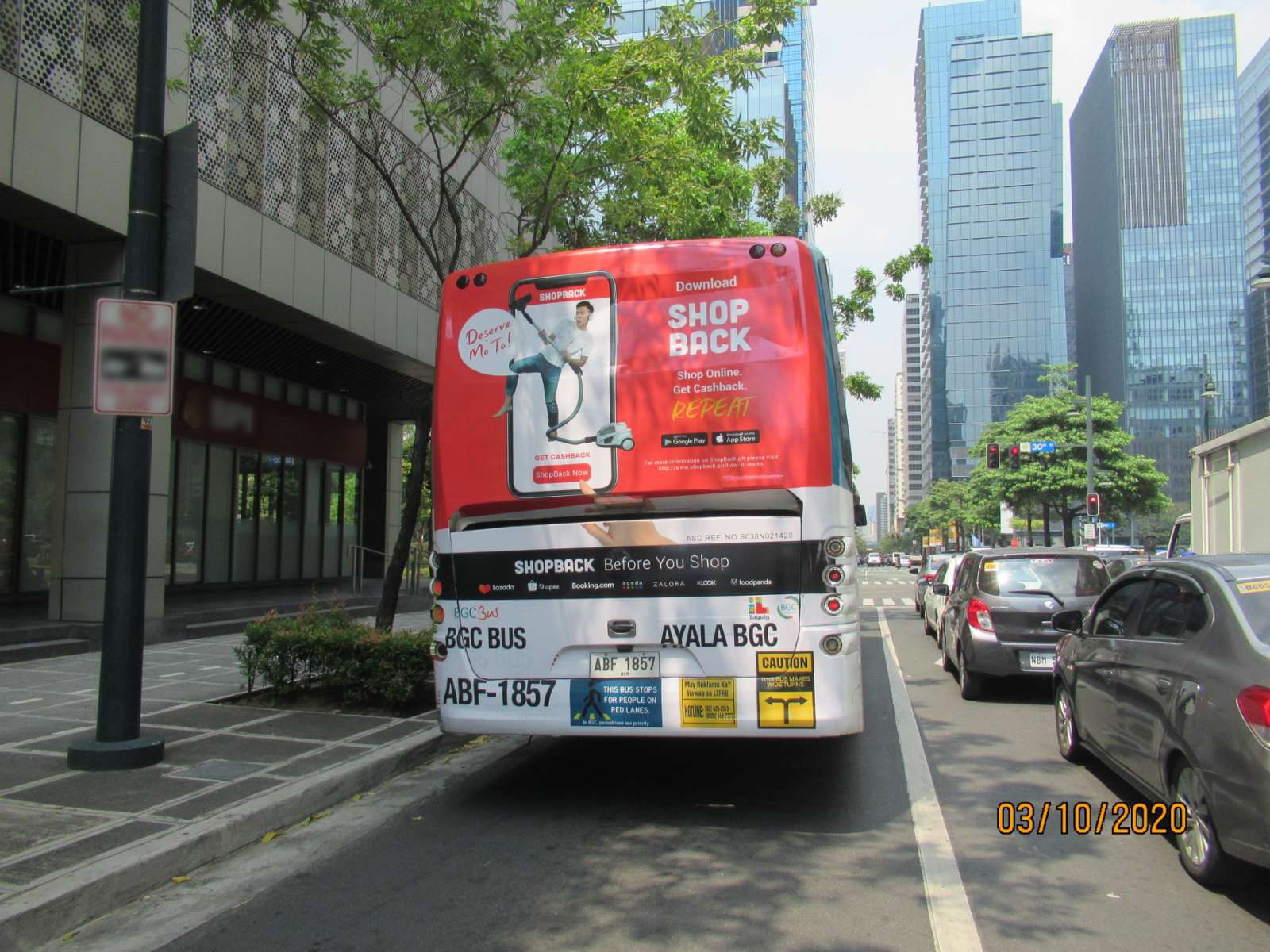Comprehending the Duty of Transit Advertising in Enhancing Brand Visibility and Customer Engagement
Transit advertising has emerged as a pivotal component in the marketing landscape, using distinct opportunities for brand names to boost their visibility and involve customers effectively. With the capability to get to a varied and captive audience throughout their daily commutes, these advertising and marketing approaches are not merely about exposure; they are regarding producing meaningful connections with prospective consumers. As we explore the diverse advantages and innovative approaches within transit marketing, it becomes vital to think about just how these components jointly influence customer assumption and actions, elevating concerns about their long-term influence on brand name commitment.
Interpretation of Transit Advertising And Marketing
Transit marketing refers to the method of promoting products, solutions, or brands through promotions put in and around mass transit systems. This kind of advertising and marketing encompasses a selection of placements, consisting of posters on trains and buses, digital displays at transportation stations, and covers on the outside of lorries. It intends to reach a diverse audience, taking advantage of the high foot web traffic connected with public transit.
Transportation marketing is purposefully placed to record the focus of travelers, that frequently spend significant time traveling or waiting. By integrating promotions into the everyday regimens of people, brands can create a long-term perception and foster brand name recognition. The tool is especially efficient in city environments, where public transport is a key setting of traveling.
Additionally, transit advertising can help with localized targeting, enabling businesses to reach details demographics based upon transportation courses and terminal areas. As metropolitan populaces expand and the use of public transport increases, this marketing approach has gotten prestige as an important element of integrated marketing methods. The dynamic nature of transit advertising, incorporated with its capacity to involve customers in a captive environment, highlights its value in contemporary marketing techniques.
Advantages of Transit Advertising
The efficiency of transit advertising and marketing exists in its ability to provide a multitude of benefits to brand names looking for to enhance exposure and involvement. One of the primary advantages is the extensive reach it supplies; transit advertisements can efficiently target diverse demographics across urban areas, getting to both pedestrians and commuters alike. This broad exposure substantially improves brand recognition.
An additional advantage is the high regularity of impressions. As transit lorries take a trip along well-known routes and quit at several locations, they create repeated direct exposure that strengthens brand name messages. This frequency cultivates experience, which is critical in consumer decision-making.
Transportation advertising and marketing is also cost-efficient compared to various other media platforms. Provided its large reach and potential for high impacts, brand names commonly experience a reduced cost per thousand perceptions (CPM), maximizing their advertising and marketing budget.
Additionally, transportation advertisements can create a sense of neighborhood link. By aligning with local transportation systems, brand names can reverberate with regional audiences and foster a sense of neighborhood satisfaction. This localized approach improves brand commitment and involvement, making transit advertising a compelling choice for organizations intending to solidify their existence out there.

Efficient Strategies for Transportation Campaigns
To make the most of the influence of transportation campaigns, brand names need to leverage strategic planning and execution tailored to their target market. First, determining the market attributes of the audience making use why not try these out of public transportation is important. This allows brands to produce customized messaging that reverberates with potential customers.
Following, choosing the right transit tools is vital. Whether utilizing bus covers, train posters, or digital screens, each medium has distinct benefits that can boost presence. For example, lively visuals on bus wraps can stand out, while digital advertisements can be updated regularly to reflect timely promos.
Additionally, integrating a cohesive branding strategy across transit systems guarantees uniformity and enhances the brand name's identity. Using remarkable taglines and eye-catching styles will strengthen brand recall among travelers.
Last but not least, timing is a vital factor in implementing successful transportation projects. Releasing campaigns throughout optimal traveling hours or local events can considerably increase exposure and involvement. By using these strategies, brand names can effectively harness the capacity of transit advertising and marketing, fostering higher awareness and link with their target market. Eventually, a well-executed transit project can drive substantial growth in brand exposure and consumer involvement.

Measuring Influence and Interaction
In reviewing the performance of transit ad campaign, precise measurement of impact and engagement is important for brand names looking for to enhance their advertising and marketing techniques. Metrics such as reach, frequency, and perceptions supply fundamental data to assess visibility. Assessing these factors helps establish how many possible clients are subjected to the ads during their everyday commutes.
Interaction can be more determined through customer communications, such as internet site web traffic, social networks mentions, and direct responses to calls-to-action included in the advertisements. Making use of tools like QR codes or unique URLs can assist in tracking of consumer behavior straight connected to transportation campaigns. Surveys and feedback devices also act as important techniques to gather qualitative data on customer understandings and recall of the promotion.
Moreover, advanced analytics and attribution models can correlate transit direct exposure with succeeding investing in actions, supplying understandings right into the roi. By utilizing a comprehensive approach that combines qualitative and quantitative measures, brand names can create a nuanced understanding of their transportation marketing impact. Inevitably, this data-driven technique allows brand names to improve their campaigns, guaranteeing they reverberate properly with target audiences and enhance total brand exposure.
Situation Research Studies of Successful Projects
Effective transit marketing campaign work as engaging examples of exactly how efficient methods can elevate brand name presence and involvement. Transit Advertising Philippines. One notable situation is the "I Love New york city" campaign, which changed the city's picture and attracted millions of tourists. By utilizing subway advertisements, signboards, and bus wraps, the campaign developed a strong, natural brand identity, resulting in a significant uptick in helpful resources tourism and local business patronage
Another exemplary project is Coca-Cola's "Share a Coke" initiative, which leveraged transportation advertising and marketing to customize the brand name experience. By including popular names on marketing materials throughout different transit platforms, Coca-Cola fostered a much deeper emotional connection with consumers, motivating them to share their experiences on social networks.
Furthermore, the "Got Milk?" project efficiently used public transport advertisements to get to a broad audience, reinforcing the message of the importance of milk in a balanced diet regimen. The campaign saw a measurable boost in milk consumption in target demographics.
These study show that when implemented thoughtfully, transit advertising and marketing can significantly improve brand exposure, foster customer involvement, and drive quantifiable outcomes, demonstrating its vital function in modern advertising techniques. - Transit Advertising Philippines
Final Thought
Finally, transit advertising acts as a vital device for improving brand exposure and fostering customer interaction. By using purposefully positioned advertisements within public transport systems, brands can effectively reach diverse target markets and enhance recognition through regular exposure. The execution of targeted messaging visit this web-site and innovative approaches further magnifies the effect of transportation projects. Ultimately, the capacity to measure interaction and evaluate successful situation studies emphasizes the efficiency of transit advertising in driving brand commitment and consumer interactions.
Transportation marketing has emerged as a critical component in the advertising landscape, offering unique possibilities for brands to elevate their visibility and involve consumers properly.In addition, transit marketing can help with localized targeting, enabling businesses to get to certain demographics based on transportation courses and terminal locations.In examining the effectiveness of transportation marketing projects, accurate dimension of impact and involvement is necessary for brands seeking to optimize their advertising and marketing strategies.Successful transportation advertising projects offer as engaging instances of just how effective strategies can boost brand name presence and involvement.In conclusion, transportation advertising and marketing serves as a vital device for improving brand name exposure and promoting consumer involvement.